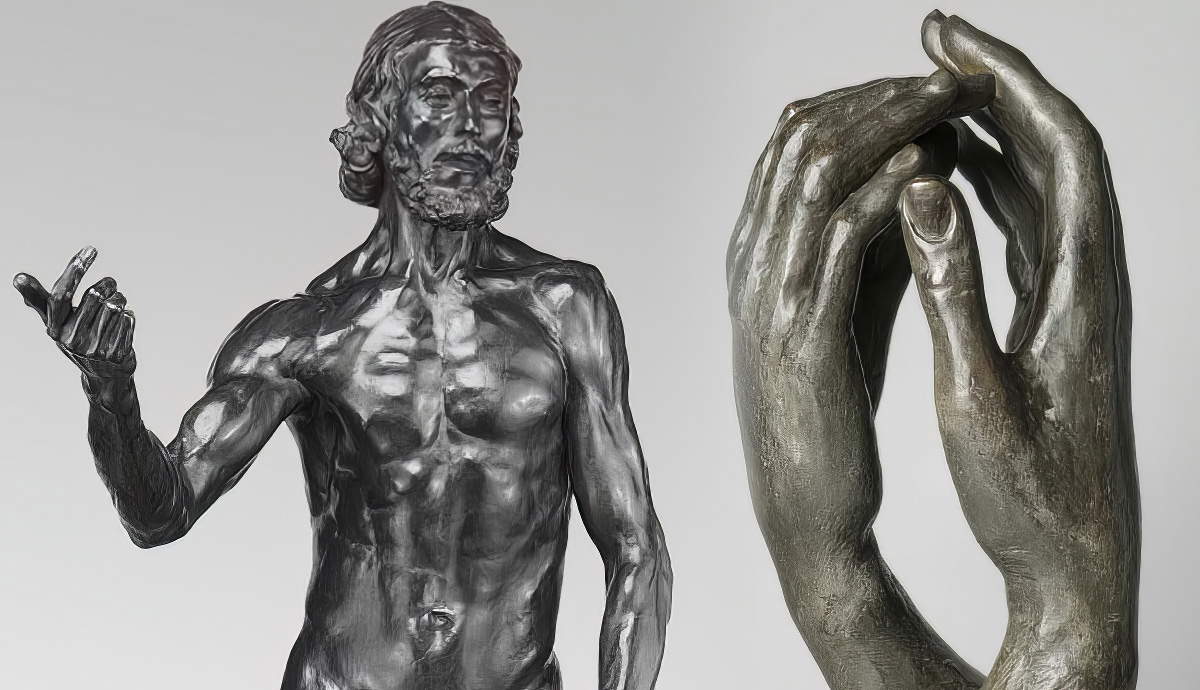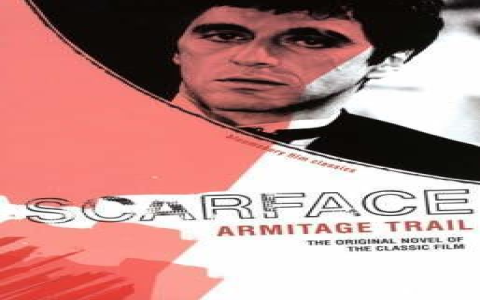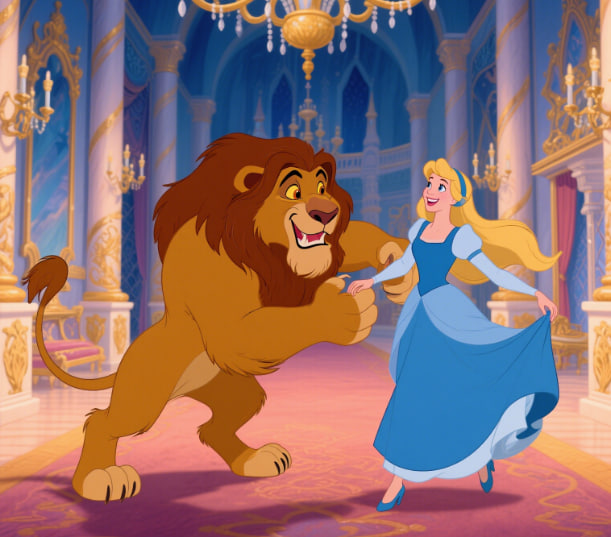Alright folks, grab a coffee, this one’s a journey. See, I’ve been obsessed lately with figuring out why old stuff still clicks with us, especially art. Rodin’s name kept popping up, so I figured, why not dive in? The dude’s been dead over a hundred years, right? What’s the deal?
Starting at Square One: Pure Confusion
First step? Admitting I knew squat. I hauled my butt to the city museum. They’ve got this whole Rodin room tucked away. Honestly? First glance? Kinda overwhelming. Dark rooms, moody lighting, a bunch of big, brooding figures in bronze or marble. Felt like walking into a silent argument.
I picked one piece, “The Thinker,” obviously. Sat my stubborn self down on this bench across from it. And just stared. Like, really stared. My initial thought? “Okay, ripped dude on a rock thinking hard. Got it. Snooze fest.” Felt kinda dumb. Where was the “breathtaking” part everyone yaps about?
Going Deeper, Feeling Dumber (But Then…)
Wasn’t ready to give up. So I started wandering around the room again, slower this time. Stopped by another piece, “The Kiss.” Looks romantic, right? All tangled up in marble. But something felt… off. Then I read the little plaque thingy. Turns out it’s Paolo and Francesca – lovers caught mid-snog and damned for it straight to hell! Whoa. Suddenly that smooth marble felt icy cold. My brain did a little flip. I hadn’t even seen the story.

That got me curious. I started peeking closer at the surfaces. Fingers clutching, muscles straining, faces twisted in stuff way heavier than just “happy” or “sad.” Rodin wasn’t just showing bodies; he was showing people fighting with feeling, trying not to break. Like the Burghers of Calais? Those poor guys look like they walked straight into their own funerals, dragging every ounce of despair with them. I swear, I could feel their feet sinking into the floor.
The Mess That Made Sense (To Me, At Least)
Something clicked then. All that roughness I saw at first – marks in the clay? Chisel cuts still kinda visible? The way he left figures kinda unfinished, like “Monument to Balzac” wrapped in a lumpy cloak? Turns out, that wasn’t Rodin being lazy or sloppy. It was the opposite. He was leaving the fight right there for you to see. The struggle to make the thing. It feels raw, honest. Not some smooth, perfect lie. Like that bust of Hanako? The textures are wild, almost messy, but you feel the character.
And the emotions! Man, Rodin wrung them out. Anguish tearing “The Fallen Caryatid’s” face. Total exhaustion collapsing in “She Who Was Once the Helmet-Maker’s Beautiful Wife.” Even quiet despair on “The Old Courtesan.” I realized, sitting there feeling awkward on that hard bench, he wasn’t showing heroes. He was showing us. Our messy thoughts, our hidden pains, that constant wrestle just to be. No sugarcoating.
So, Why Do We Still Dig This Old French Guy?
After scratching my head for weeks, peering at pictures online, and bugging the poor museum docent with dumb questions, here’s what hit me:
- He Makes Bronze Bleed Feeling: Sounds weird, but it’s true. You look at his stuff, and pure, unvarnished human emotion slaps you in the face. Fear, lust, agony, thinking so hard your head might explode. It hasn’t gone out of style because feeling things? That’s forever human.
- Perfectly Imperfect Rules: Forget flawless marble gods. Rodin’s power comes from showing the cracks, the unfinished bits, the battle scars from making the art itself. It feels incredibly real and alive, even in still bronze. We connect with that rawness.
- No Fairy Tales Here: He carved real people, carrying real burdens, wrestling with real, heavy crap. It wasn’t always pretty, but damn, it was honest. In a world full of filtered crap, that brutal honesty? Yeah, it sticks.
Going through this myself – starting clueless, kinda bored, then getting smacked upside the head by the sheer human weight of his work – that sealed it. Rodin didn’t hide the struggle. He put it right there in the bronze and stone. And guess what? We still see ourselves in that rough surface. That’s why he sticks. Pretty wild for a dude who worked by candlelight, eh?




